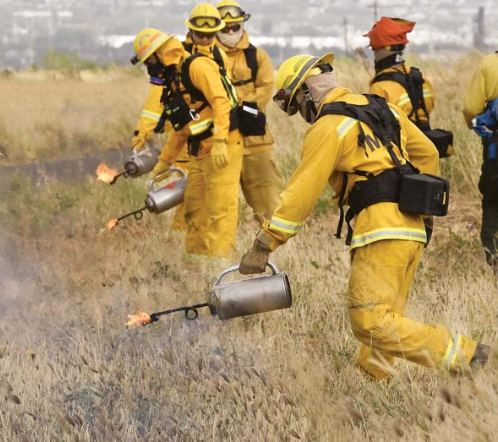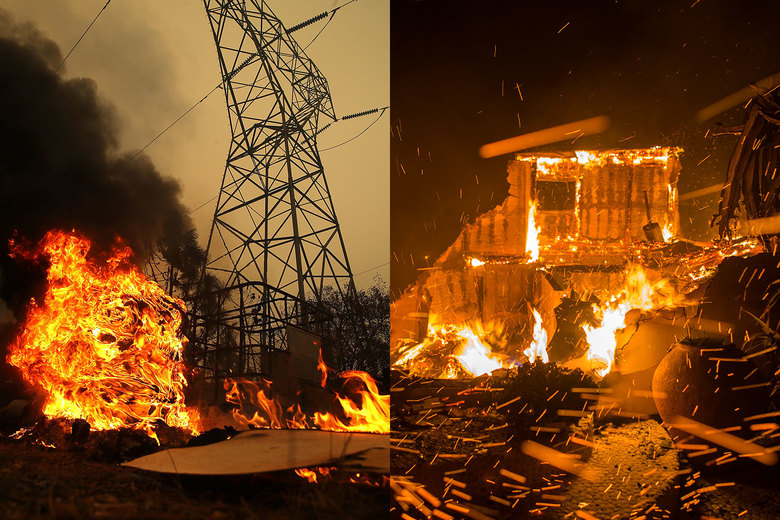Credit: Maui News
Prescribed fire can be a great opportunity for firefighters to train for real life wildfire scenarios, while also reducing vegetation hazards prior to peak fire season. Wildfires are inevitable in dry areas, but they don’t have to catch us completely off guard and be as destructive as they have been. As Chief Eric Moller of U.S. Army-Garrison, FES says: “An ounce of prevention is worth a pound of protection.”
From the Source:
Maui Fire Department firefighters learn how to “fight fire with fire” while taking part in an annual wild land refresher training in a former sugar cane field several miles mauka of Puunene Tuesday morning. Assistant Chief Rick Kawasaki explained that during a windblown brush fire a “backfire,” or “burnout,” strategy can be used to widen a firebreak or eliminate combustibles next to structures to rob a raging fire of fuel when it reaches the area. “It’s less labor intensive,” Kawasaki said. “With this type of fuel, it burns so fast, we can’t keep up.”














